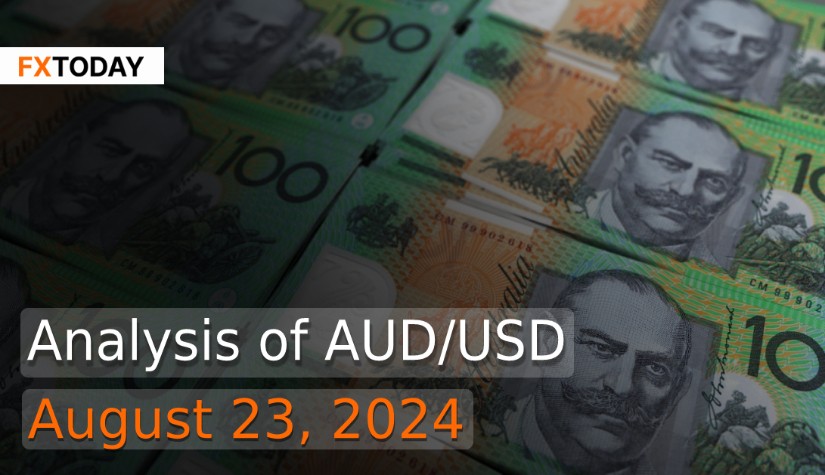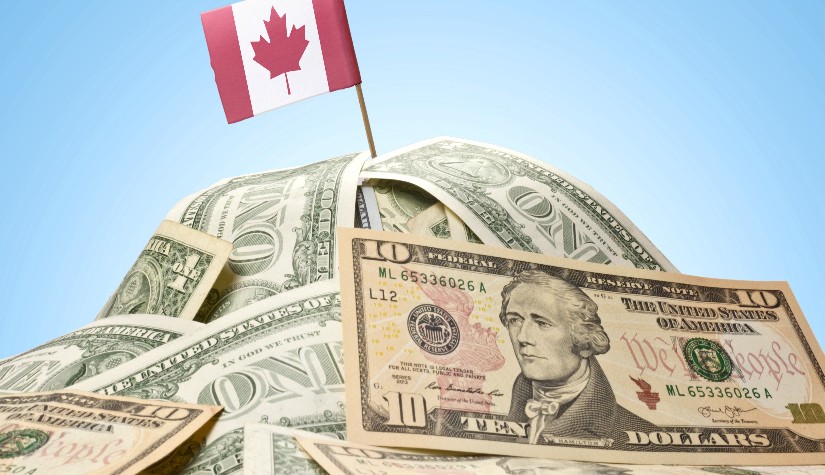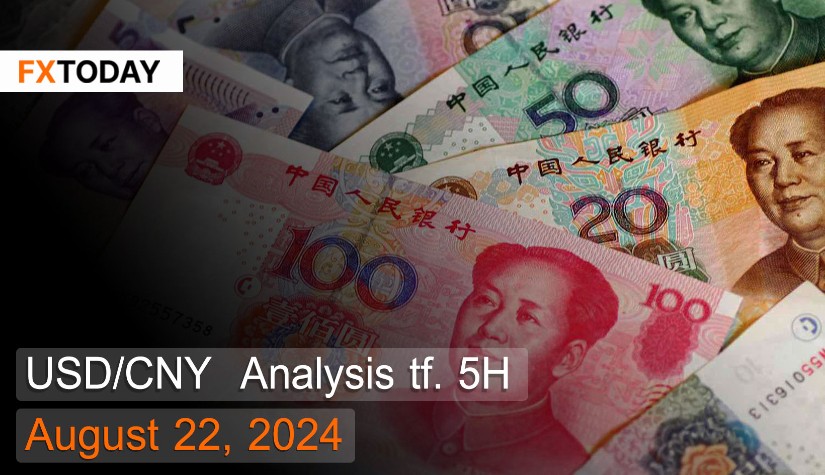RBA Holds Rates Amid Inflation Concerns, Signals Possible Future Hike
The Reserve Bank of Australia (RBA) recently considered raising interest rates during its August meeting due to ongoing concerns that inflation might persist for longer than anticipated. However, the central bank ultimately decided to keep its cash rate target steady at 4.35%. The decision reflects a careful balancing act between managing inflation and supporting the labor market.
The minutes from the meeting revealed that the RBA's rate-setting committee recognized a significant risk that inflation might not fall within its 2% to 3% target range by late 2025. Governor Michele Bullock, speaking after the meeting, emphasized that the RBA might still raise rates if inflation continues to be stubbornly high.
Analysts are divided on the RBA's next moves, with many expecting the central bank to maintain its current rate until at least the first quarter of 2025. Some forecasts suggest that rate cuts could begin later that year, although there remains significant uncertainty.
Deputy Governor Andrew Hauser highlighted the challenges in economic forecasting, noting that inflation has been more persistent partly because there is less spare capacity in the economy than previously thought. Hauser cautioned against overconfidence in predicting economic outcomes and suggested that, in some cases, waiting for more data might be the best approach.
Australia's labor market continued to outperform expectations in July, with employment rising sharply, though the unemployment rate also edged up to 4.2%. The participation rate hit a record high, indicating strong labor demand despite high borrowing costs. This robust labor market supports the RBA's view that interest rate cuts are still some months away, as the central bank continues to focus on bringing inflation back within its target range while managing the risks associated with a tight labor market.
Looking ahead, the RBA is under pressure to potentially ease policy in the coming weeks as government measures to reduce the cost of living could lead to a sharp drop in consumer prices, even as core inflation remains high. This pressure is compounded by expectations that other central banks, such as those in the United States, Europe, and Canada, may start cutting rates soon.
The U.S. dollar rebounded from a 13-month low as investors reconsidered the extent of its recent decline, which many felt had been exaggerated. The recent weakness in the dollar had been driven by concerns over a slowing U.S. economy and growing expectations that the Federal Reserve would soon begin cutting interest rates.
In recent days, the market's expectations for the Fed's next move have fluctuated. While there had been some speculation that the Fed might cut rates by 50 basis points at its September meeting, this likelihood has decreased following the release of mixed economic data. The July employment report, which showed fewer job gains than expected and a surprise increase in the unemployment rate, initially led to greater expectations of a significant rate cut. However, as other data suggested stronger economic growth, the market's outlook shifted. Currently, traders see a 75% chance of a 25 basis point cut, down from a 38% chance of a 50 basis point reduction.
U.S. Treasury yields also recovered from recent lows, moving in tandem with gains in European bond markets. The yield on 10-year Treasury notes rose to 3.862%, up from 3.776% the previous day, while the yield on 2-year notes increased to 4.0161% from 3.922%.
Meanwhile, U.S. business activity fell to a four-month low in August, according to the S&P Global Composite PMI Output Index, which tracks both manufacturing and services sectors. The index edged down to 54.1, indicating slower but still solid growth. The data also showed that prices for goods and services rose at the slowest pace since January, aligning with the Fed's 2% inflation target. This suggests that inflationary pressures may continue to ease in the coming months.
Analysts are closely monitoring upcoming economic data, including weekly jobless claims and the S&P Global PMIs for August, to assess the likelihood of future rate cuts. As a result, the AUD/USD pair is likely to trade within a broad range during this period. The Australian dollar's appreciation is expected to be constrained in the medium term due to the differing economic performances of the two countries.
Data for Technical Analysis (15Min) CFD AUD/USD
Resistance : 0.6714, 0.6715, 0.6717
Support : 0.6710, 0.6707, 0.6709
15Min Outlook
Source: TradingView
Buy/Long 1 If the support at the price range 0.6707 - 0.6710 is touched, but the support at 0.6710 cannot be broken, the TP may be set around 0.6715 and the SL around 0.6706, or up to the risk appetite.
Buy/Long 2 If the resistance can be broken at the price range of 0.6714 - 0.6717, TP may be set around 0.6720 and SL around 0.6709, or up to the risk appetite.
Sell/Short 1 If the resistance at the price range 0.6714 - 0.6717 is touched, but the resistance at 0.6714 cannot be broken, the TP may be set around 0.6710 and the SL around 0.6718, or up to the risk appetite.
Sell/Short 2 If the support can be broken at the price range of 0.6707 - 0.6710, TP may be set around 0.6703 and SL around 0.6715, or up to the risk appetite.
Pivot Points Aug 23, 2024 02:46AM GMT
|
Name
|
S3
|
S2
|
S1
|
Pivot Points
|
R1
|
R2
|
R3
|
|---|---|---|---|---|---|---|---|
| Classic | 0.6705 | 0.6707 | 0.671 | 0.6712 | 0.6715 | 0.6717 | 0.672 |
| Fibonacci | 0.6707 | 0.6709 | 0.671 | 0.6712 | 0.6714 | 0.6715 | 0.6717 |
| Camarilla | 0.6711 | 0.6712 | 0.6712 | 0.6712 | 0.6713 | 0.6713 | 0.6714 |
| Woodie's | 0.6705 | 0.6707 | 0.671 | 0.6712 | 0.6715 | 0.6717 | 0.672 |
| DeMark's | - | - | 0.671 | 0.6712 | 0.6716 | - | - |
Sources: Investing 1, Investing 2
















